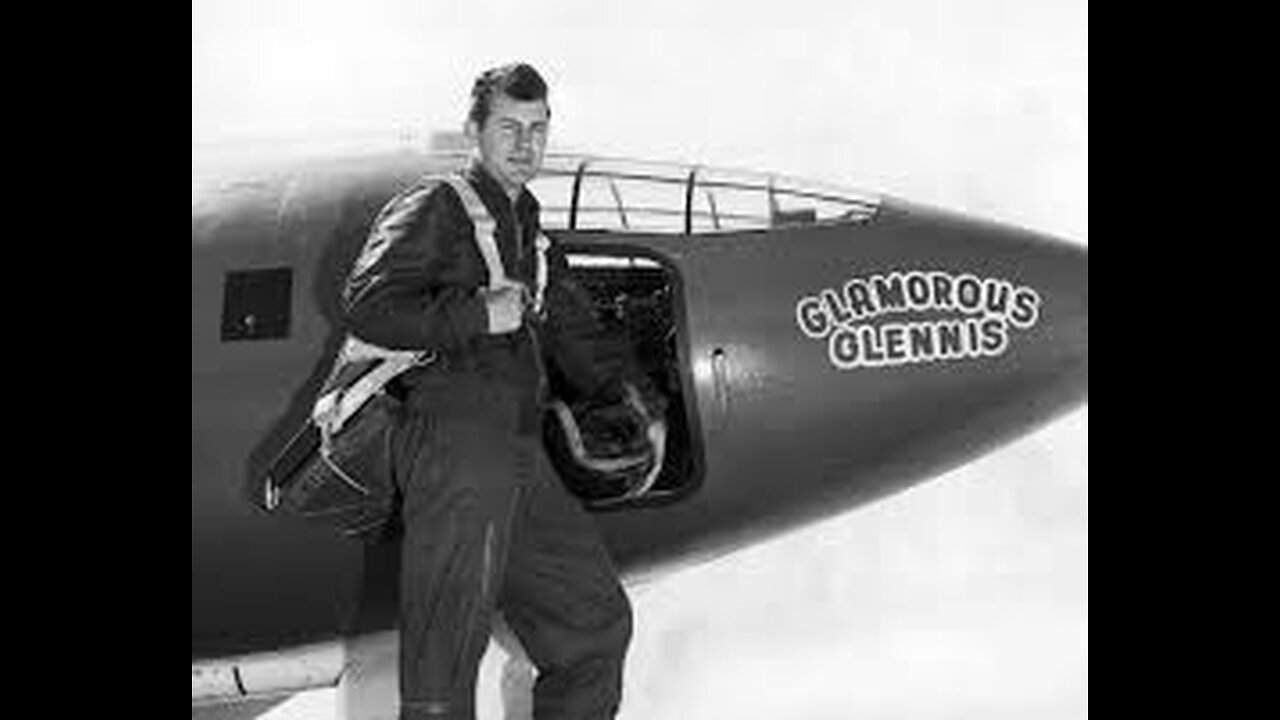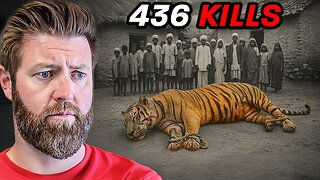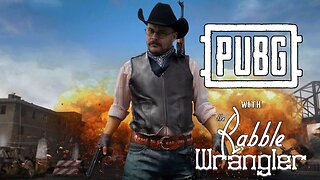Premium Only Content

Chuck Yeager Breaks the Sound Barrier -- X-1 -- 1947
Until Chuck Yeager broke the sound barrier on October 14, 1947, it was a commonly-held belief that exceeding the speed of sound — breaking the sound barrier — would destroy an aircraft.
Where did these ideas originate? Here’s a quick primer on the sound barrier.
What exactly is the sound barrier?
Today, we know that the sound barrier is the sudden increase in aerodynamic drag that happens when an object approaches the speed of sound — also known as Mach 1. It’s not a physical or solid barrier.
At what speed do you break the sound barrier?
The speed at which you break the sound barrier depends on many conditions, including weather and altitude. It’s approximately 770 mph or 1,239 kmh at sea level.
Why did people believe the sound barrier was a physical wall?
During World War II, pilots reported aircraft tearing apart and instruments freezing when they dove during combat — possibly at the moment they approached the speed of sound. It was described as hitting an invisible wall.
In the 1940s, the proper design techniques and aerodynamic details for a successful supersonic aircraft were unknown. Aircraft that are not specifically designed to fly supersonically — those having little or no wing sweep and that have thick wings with blunt leading edges — exhibit a sharp rise in aircraft drag as they approach the speed of sound. This increase comes from shockwaves forming in the accelerated flow over a wing, even though the aircraft itself is not yet exceeding the speed of sound. These shock waves cause pressure fields on the wing (and the rest of the aircraft) and can lead to significant flow separation behind the shock waves. Both of these phenomena can create significant aircraft drag. This shock formation and increase in drag is very sudden and large, and tends to be a “barrier” to any further acceleration of the aircraft. At the time, no aircraft had successfully overcome this drag rise, so some predicted that it might not be possible.
Brigadier General Charles Elwood Yeager February 13, 1923 – December 7, 2020) was a United States Air Force officer, flying ace, and record-setting test pilot who in October 1947 became the first pilot in history confirmed to have exceeded the speed of sound in level flight.
Yeager broke the sound barrier on October 14, 1947, in level flight while piloting the X-1 Glamorous Glennis at Mach 1.05 at an altitude of 45,000 ft (13,700 m) over the Rogers Dry Lake of the Mojave Desert in California. The success of the mission was not announced to the public for nearly eight months, until June 10, 1948. Yeager was awarded the Mackay Trophy and the Collier Trophy in 1948 for his mach-transcending flight, and the Harmon International Trophy in 1954. The X-1 he flew that day was later put on permanent display at the Smithsonian Institution's National Air and Space Museum. During 1952, he attended the Air Command and Staff College.
-
 10:17
10:17
Dr Disrespect
11 days agoIt's Time To Get Serious
180K27 -
 2:15:09
2:15:09
Badlands Media
1 day agoDevolution Power Hour Ep. 375: Obama’s Orders, Ukraine’s Collapse & the Inversion of Justice
298K106 -
 2:32:03
2:32:03
BlackDiamondGunsandGear
13 hours agoAFTER HOURS ARMORY w/ DLD & John from GOA & FLR
29.7K3 -
 1:05:28
1:05:28
Man in America
14 hours agoTREASON? Obama, Hillary, and Soros in the New World Order Agenda EXPOSED w/ Mel K
92.3K82 -
 2:22:46
2:22:46
The Connect: With Johnny Mitchell
15 hours ago $7.03 earnedOne Man's Mission To Stop Human Trafficking: How A Billionaire Mercenary Saved Hundreds Of Children
27.1K18 -
 2:35:13
2:35:13
Tundra Tactical
10 hours ago $14.16 earned🔫 California Ammo Win, Sig Sauer P320 Controversy, Meme Review & Would You Rather! 🎉🔥
42.6K6 -
 16:24
16:24
Forrest Galante
8 hours ago6 Deadliest Man Eaters to Ever Exist
29.8K9 -
 10:14
10:14
MattMorseTV
13 hours ago $16.21 earnedThe EU is in HOT WATER.
97.7K60 -
 6:51:32
6:51:32
The Rabble Wrangler
1 day agoPUBG with The Best in the West!
26.3K -
 3:57:19
3:57:19
EvilT4000
11 hours ago $9.50 earnedSaturday.....🟢For energy and focus click my Dubby link!
37.1K3